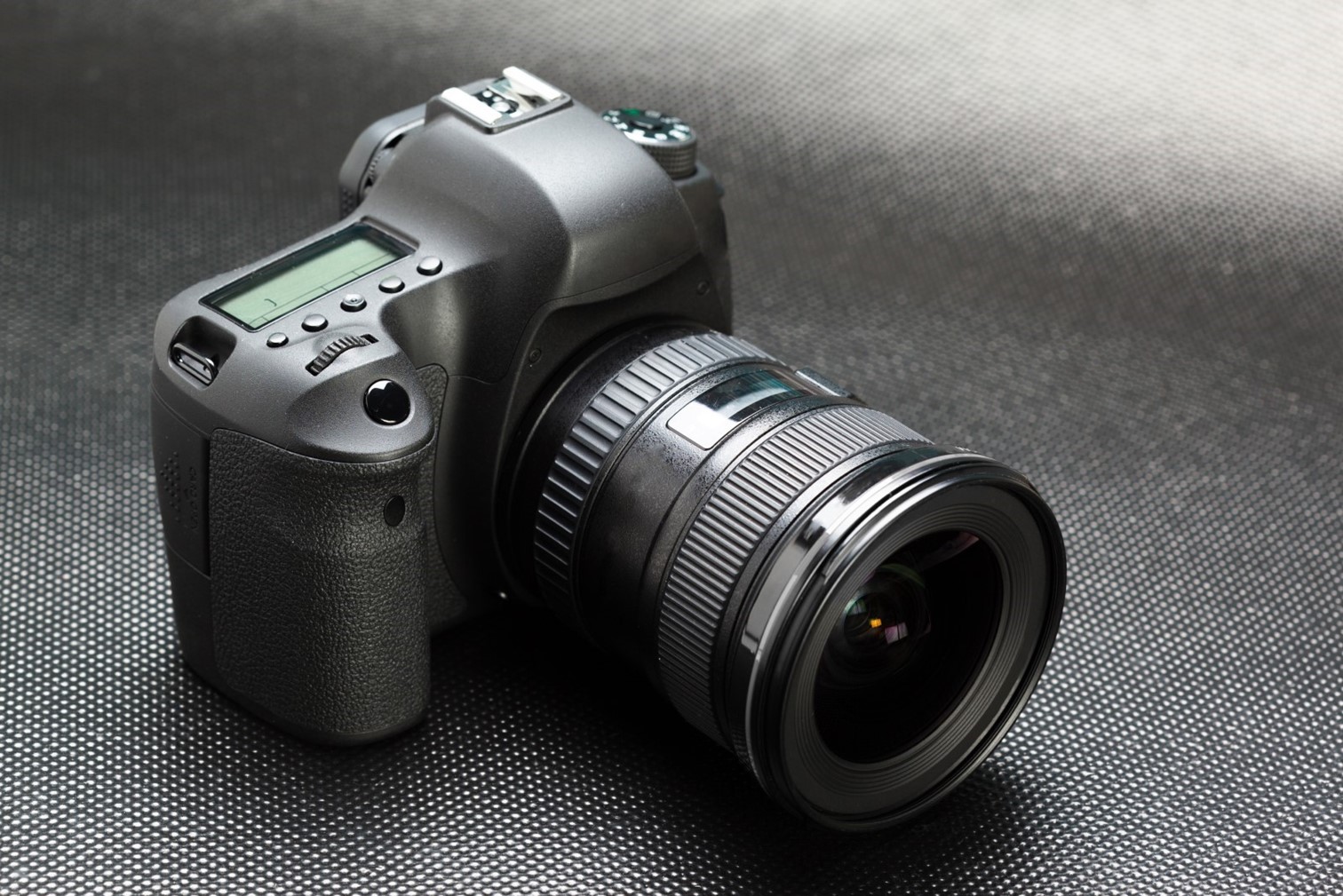Table of Contents
- 1. Sensor Size & Type
- 2. Lens Ecosystem & Mount Compatibility
- 3. Autofocus Performance & Speed
- 4. Stabilization: In-Body (IBIS) vs Lens-Based
- 5. Viewfinder & Display
- 6. Speed, Buffer & Burst Rate
- 7. Video Features & Versatility
- Bonus Considerations
- Camera Examples to Compare
- Frequently Asked Questions
- Conclusion
This blog post may contain affiliate links. As an Amazon Associate I earn from qualifying purchases.
Buying A Digital Camera: 7 Important Things To Look For
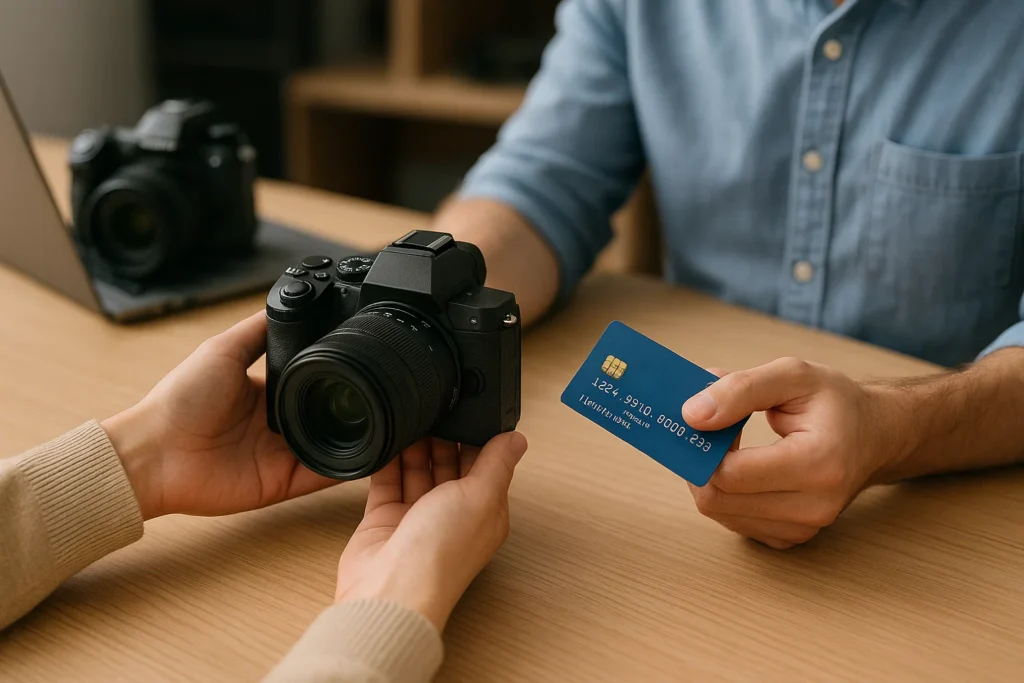
Deciding on buying a digital camera can be overwhelming given today’s array of specs, tech, and lens systems. But by focusing on a few key aspects, you can find a camera that meets your needs without overpaying for features you won’t use. Below are seven critical criteria to evaluate — along with real-world examples, trade offs, and advice.
1. Sensor Size & Type
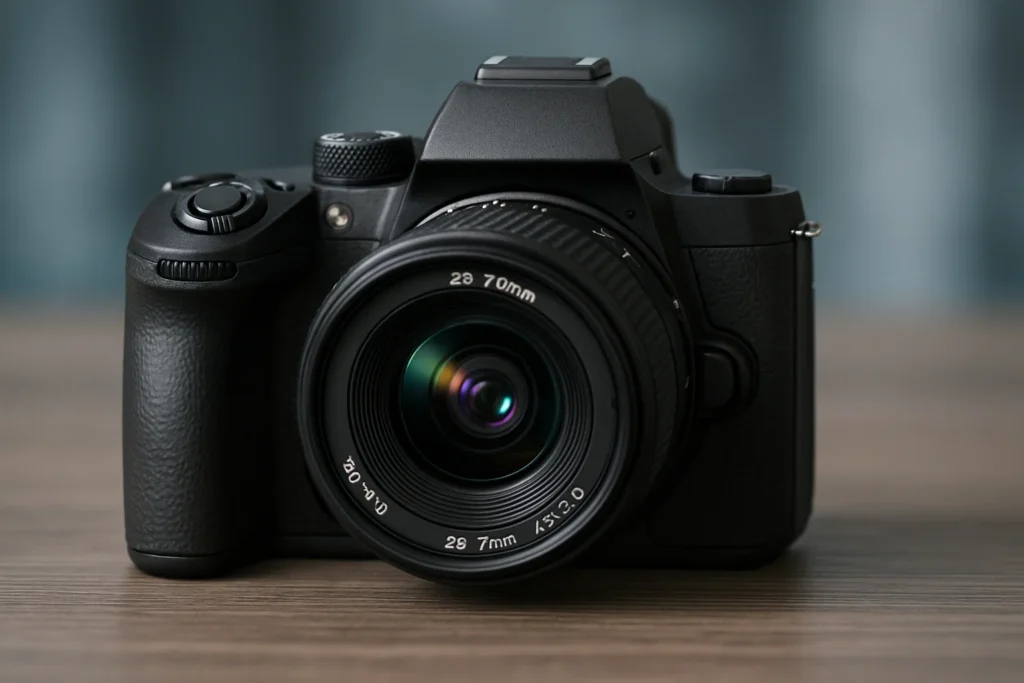
Why It Matters
The sensor is the heart of a camera: bigger sensors generally deliver better low-light performance, shallower depth of field, and higher dynamic range.
What to Compare
- Full-frame vs APS-C / crop sensors
- Micro Four Thirds / 1-inch / compact sensors for smaller formats
- Back-illuminated / stacked / BSI sensors that improve sensitivity
Real-World Insight
Wired recommends higher megapixel counts only when matched with a capable sensor; small sensors with many megapixels often suffer in image quality. WIRED
Tradeoff: Larger sensors mean bulkier bodies and more expensive lenses.
2. Lens Ecosystem & Mount Compatibility
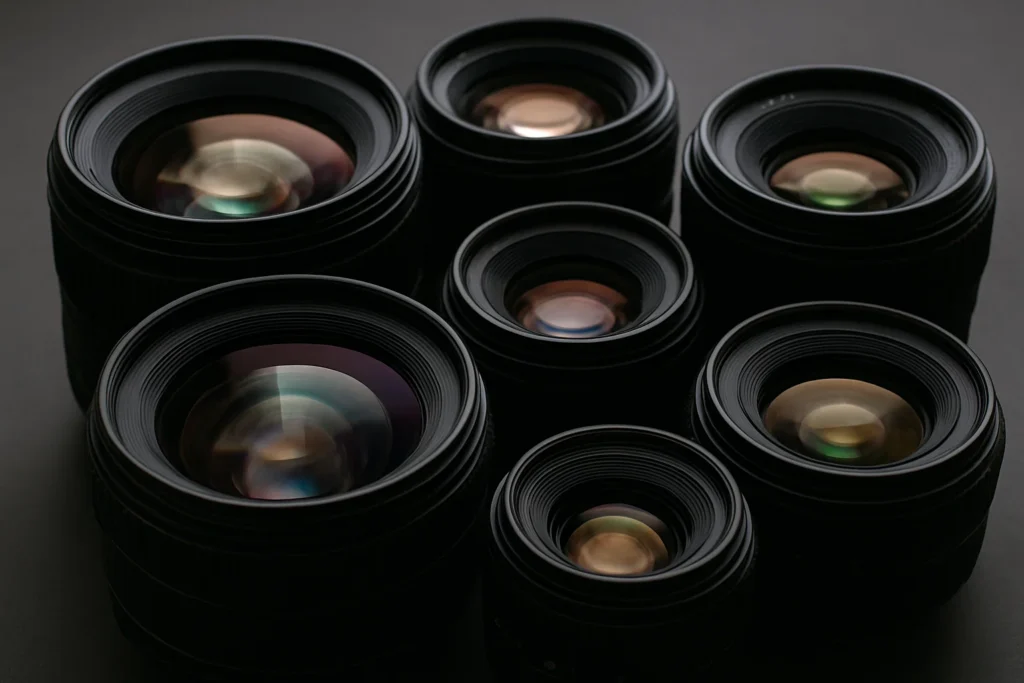
Why It Matters
You aren’t just buying a camera — you’re buying into a system. The available lenses, adaptors, and accessories define your creative potential long-term.
What to Look For
- Established lens lineups (prime, wide, telephoto, macro)
- Third-party support from Sigma, Tamron, etc.
- Compatibility via adaptors for older lens collections
Example
Wired notes that when choosing camera brands, the lens system is often as important as the camera body itself. WIRED
Tip: Start with the kit lens but ensure future lens expansion isn’t blocked.
3. Autofocus Performance & Speed
Why It Matters
Autofocus defines your ability to capture sharp images of moving subjects — critical for wildlife, sports, or event photography.
Specifiers to Assess
- Number and type of AF points (cross-type, dual pixel, etc.)
- Eye/face detection, subject tracking
- Low-light AF sensitivity (e.g. down to –3 EV)
Real-World Note
Jessops advises selecting a camera with advanced autofocus, especially eye and face detection. jessops.com
Caution: Excellent specs help, but firmware and algorithm quality also matter.
4. Stabilization: In-Body (IBIS) vs Lens-Based
Why It Matters
Image stabilization reduces camera shake, letting you shoot sharper at slower shutter speeds — useful in low-light or handheld shooting.
Things to Check
- Does the camera offer IBIS (sensor-shift stabilization)?
- Do lenses also offer optical stabilization (OIS)?
- Sync between IBIS + OIS (“dual stabilization”)
Tradeoff
IBIS adds cost and complexity. If you shoot mostly on tripod, it’s less critical.
5. Viewfinder & Display
Why It Matters
A clear viewfinder or screen ensures you compose, focus, and evaluate exposure reliably — especially in bright light.
What to Evaluate
- Optical viewfinder (OVF) vs electronic viewfinder (EVF)
- Resolution, refresh rate, lag
- Articulating / tilting / flip screen for flexibility
- Touchscreen vs physical controls
Technical Insight
An electronic viewfinder displays the image digitally and can show overlays, histograms, and exposure previews. Wikipedia
6. Speed, Buffer & Burst Rate
Why It Matters
If you shoot in action, sports, or wildlife, continuous shooting speed and buffer size determine how many frames you can capture in succession.
Key Specs
- Frames per second (fps) in continuous / burst mode
- JPEG vs RAW buffer capacity
- Read/write speed to memory cards
Example
Washington’s camera buying tips mention “time lag between pressing shutter and actual capture” as a potential drawback if the system is slow. staff.washington.edu
7. Video Features & Versatility
Why It Matters
Most modern cameras also serve video workflows — ensuring the model you pick can handle both stills and motion if needed.
Useful Video Features
- 4K / 6K / 8K recording
- Frame rate options (24 / 30 / 60 / 120 fps)
- Log / flat profiles, internal recording bitrates
- Autofocus during video, dual pixel AF, eye tracking
Wired cautions that video-centric features like menus, codec support, and frame rates should align with your needs. WIRED
Bonus Considerations
- Battery life & power options — mirrorless often uses more power
- Weather sealing and durability — for outdoor use
- Memory card type / slot flexibility (UHS-II, CFexpress, etc.)
- Connectivity: Wi-Fi, Bluetooth, USB-C, tethering
- Ergonomics & size — hold a few candidate bodies to test feel
Camera Examples to Compare
Here are a few popular models across different categories to help illustrate how these seven criteria play out in real gear:
- Sony ZV‑E10 — a mirrorless hybrid with strong autofocus and video capability
- Canon EOS 4000D — affordable DSLR for beginners
- Nikon Coolpix P1000 — super-zoom compact with extreme reach
- Kodak PIXPRO WPZ2 — rugged waterproof model for adventure use
- Canon EOS R3 — pro-tier full-frame mirrorless with high-speed performance
- Canon PowerShot G7 X Mark III — compact expert camera used by vloggers
- Sony A1 — flagship model with top-tier specs
Use these as references when evaluating specs.
Frequently Asked Questions
Q: Does higher megapixel count always mean better image quality?
A: Not necessarily. Image quality depends more on sensor size, dynamic range, and processing than raw MP count.
Q: Should I pick full-frame or crop sensor?
A: If you often shoot in low light, want shallow depth of field, or need high image quality, full-frame is ideal. Crop sensors are lighter and often more affordable.
Q: Is mirrorless better than DSLR?
A: Mirrorless offers live preview, EVFs, and often better video support. DSLRs still have advantages in battery life and sometimes robustness.
Q: How much buffer do I need for burst shooting?
A: Aim for a buffer that allows 30–60 RAW frames (or more) uninterrupted, so you don’t lose critical action.
Q: Should the kit lens matter?
A: Yes — kit lens quality and its compatibility with future lenses impact your user experience more than many specs.
Conclusion
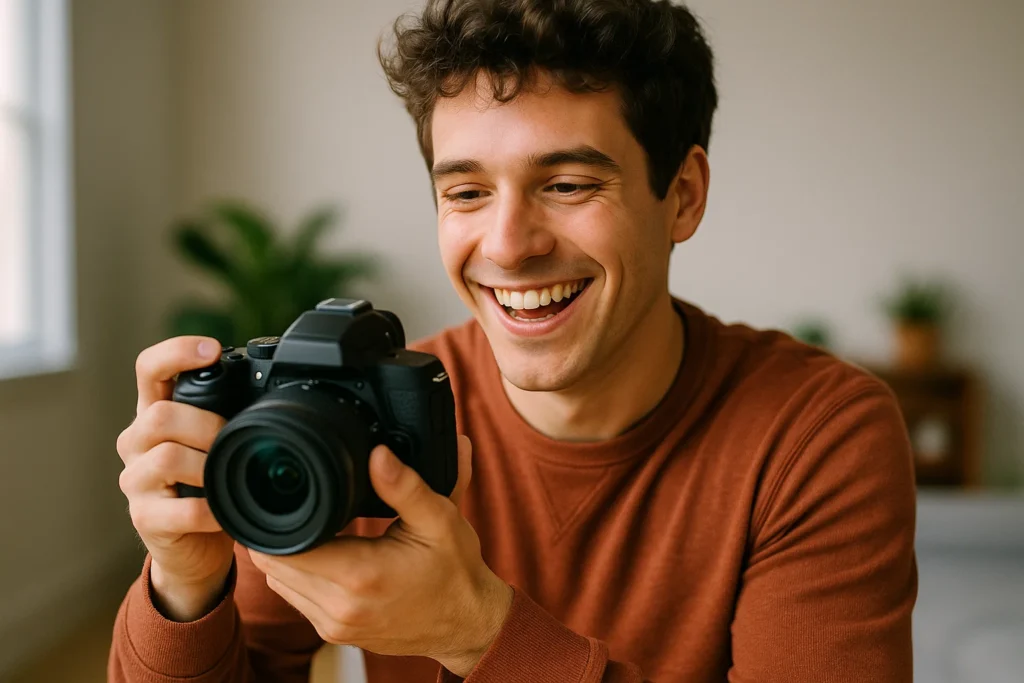
When buying a digital camera, these seven things are your anchor: sensor, lens system, autofocus, stabilization, viewfinder/display, speed, and video. Balance them with your use case, budget, and future growth path. Don’t overbuy ultra-specs you’ll never use; instead, select a camera that gives you control, reliability, and longevity for your photography journey.
Brought to you by Amateur Photographer Guide — your source for practical wisdom, gear guidance, and photographic growth.

